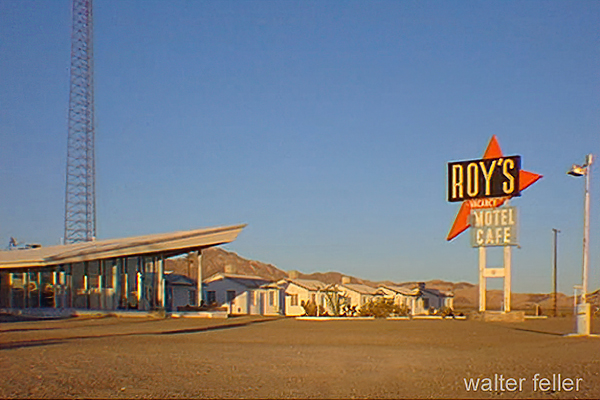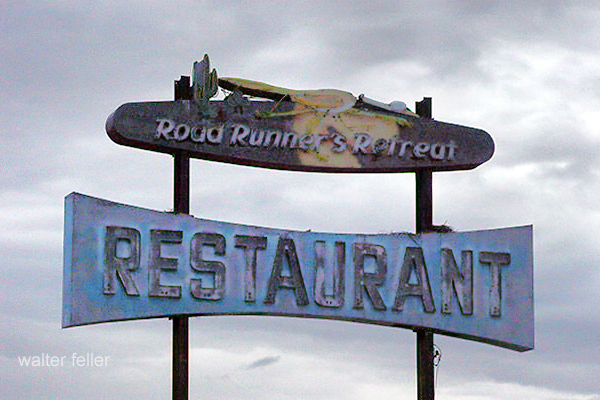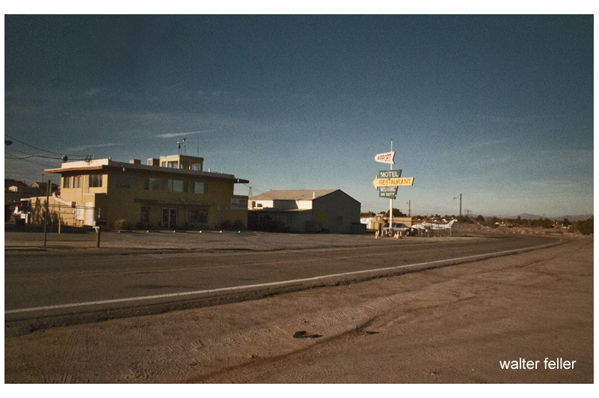
Googie architecture is a distinctive architectural style that emerged in the mid-20th century in the United States. It is often associated with the design of roadside architecture, particularly diners, motels, gas stations, and other commercial buildings. The style is characterized by bold, futuristic, and space-age elements, reflecting the optimism and fascination with technology that prevailed during the post-World War II era.

Key features of Googie architecture include:
- Upswept Roofs and Dramatic Angles: Buildings often feature bold, upswept roofs, acute angles, and dynamic geometric shapes.
- Large Plate Glass Windows: Transparency and visibility were emphasized, with large windows often integrated into the design.
- Steel and Concrete Construction: The use of modern materials, such as steel and concrete, was common in Googie architecture.
- Atomic and Space Age Motifs: Elements inspired by the Space Age, atomic symbols, and futuristic motifs were frequently incorporated into the design, reflecting the cultural fascination with space exploration and technology.
- Neon Signs and Lighting: Bright and colorful neon signs were a hallmark of Googie architecture, contributing to a vibrant and attention-grabbing aesthetic.
- Futuristic Materials: The use of materials like Formica, plastic, and fiberglass, which were considered modern and cutting-edge at the time.

Googie architecture reached its peak popularity in the 1950s and 1960s but declined in the subsequent decades. Nevertheless, it has left a lasting impact on popular culture and is celebrated for its whimsical and nostalgic qualities. Many examples of Googie architecture can still be found across the United States, particularly in areas that experienced significant suburban development during the mid-20th century.
